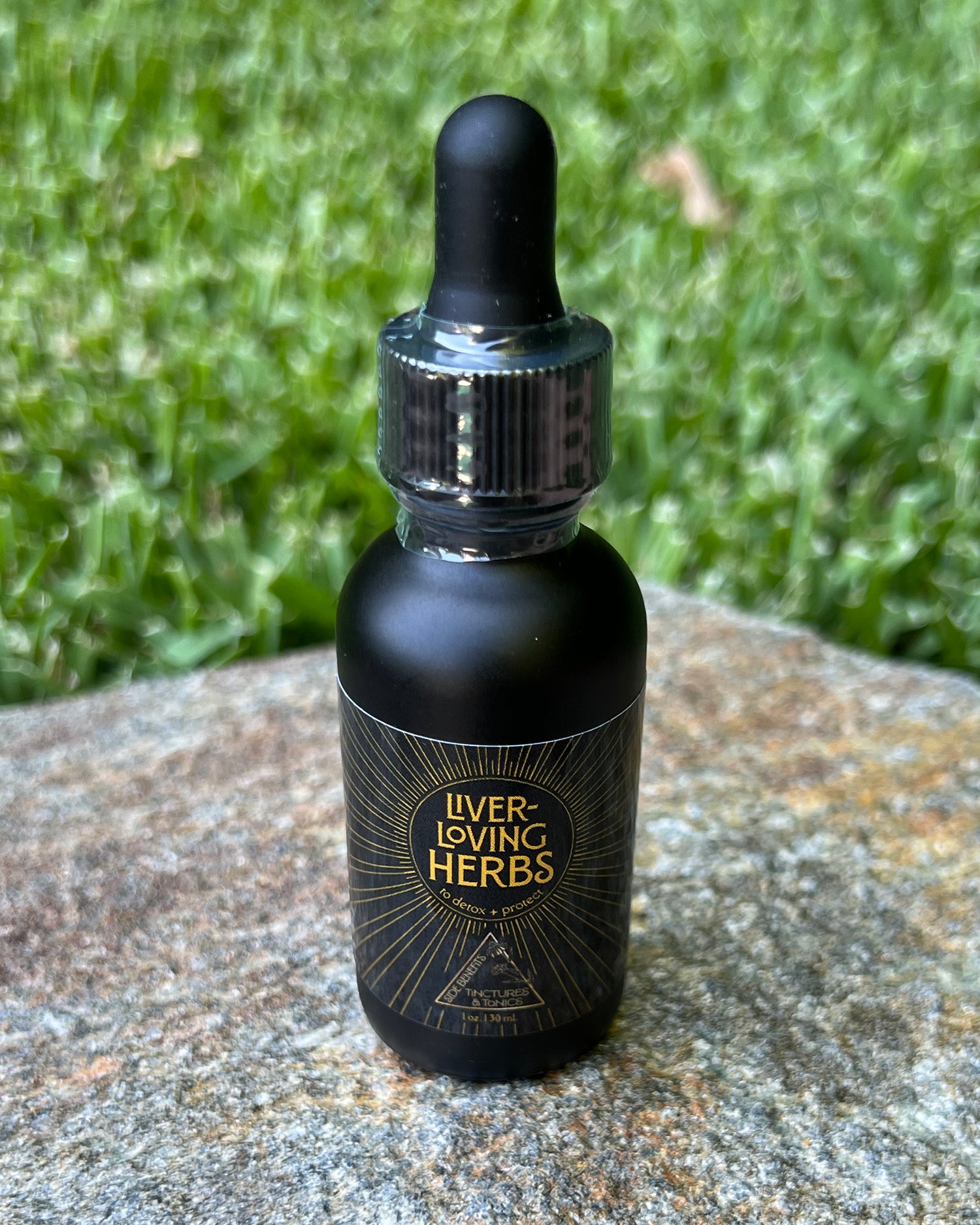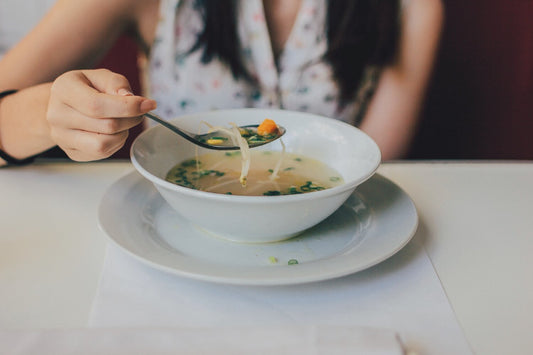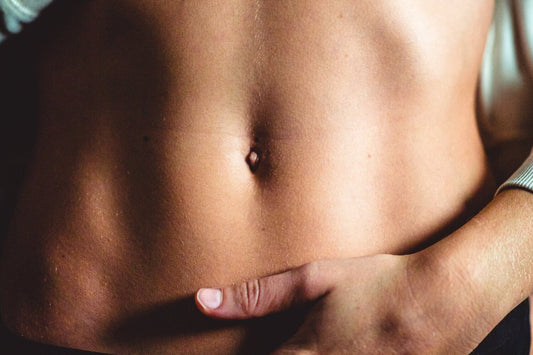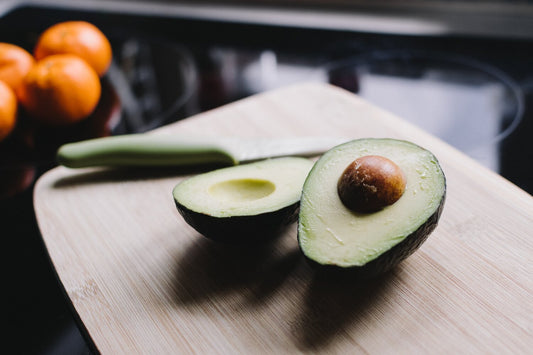Sugar & Your Cravings
Got a sweet-tooth? Here’s why. You crave sugar if your blood sugar levels are constantly out of balance, have micronutrient deficiencies, an overgrowth of yeast or if you already have a diet consisting of refined, processed carbohydrates. When blood sugar levels are imbalanced, your body is essentially thrust on a dangerous roller coaster ride where levels soar, then plummet throughout the day. We’ve ALL been on this ride. It starts with that spoonful of sugar in your coffee or a muffin for breakfast – we feel the rush, then feel the drop just in time for lunch. Even if you make a wise, nutrient-dense choice for your meal, that one little bite of chocolate after lunch will have you strapped back in for another ride on the blood sugar express. You’ll experience the drop about mid-afternoon, which has you reaching for a latte or a sugary snack…is this starting to sound familiar?
If you made the choice to have a ‘cheat meal’ of pizza or a burrito for lunch, studies show this type of high glycemic-index meal triggers further sugar cravings because foods with a higher glycemic index, such as white flour, raise your blood sugar more rapidly than foods with a lower glycemic index. And don’t think you’re doing yourself any favors by skipping meals to save calories. This will only leave you hangrier and reaching for carbohydrate-laden, low-calorie foods when you feel the drop, setting you up for blood sugar disaster. You might even begin to experience irritability, shakiness between meals, anxiety, feeling light-headed, and fatigue that gets better when you eat – which are all symptoms of low blood sugar or what is called hypoglycemia.
Sugar & Your Mood
Having balanced blood sugar is not only foundational to hormones, but it’s also important to our neurotransmitters, which are those little chemicals in our brain that produce the feelings of happiness, sadness, or help us feel energized and calm. Sugar only provides a short-term boost of energy (cheap fuel) that can exhaust the adrenal glands, potentially resulting in moodiness or irritability, lack of focus and even depression. The trouble with eating sugary foods is that sugar is absorbed into the bloodstream very quickly and causes a rush of insulin (secreted by the pancreas) along with a rush of dopamine (the feel-good neurotransmitter/hormone produced in the intestines and the brain). This is why riding the blood sugar rollercoaster certainly contributes to mood swings.
Sugar & Your Pancreas
When you eat food, glucose from the digestive breakdown of this food is absorbed into the gut and blood. The cells uptake what they require for energy and the pancreas secretes insulin to lower the remaining blood sugar levels – converting the excess glucose into glycogen which is stored by the liver. High sugar consumption (especially fructose from sweetened beverages) puts a burden on the pancreas and the liver, increasing the risk of chronic diseases like obesity and type 2 diabetes if one continues riding this ride.
When your pancreas is asked to produce increasing amounts of insulin to bring down blood sugar levels, eventually your cells become resistant to the insulin that is constantly knocking at the door and instead of converting excess glucose into glycogen, it turns to fat. An imbalance of insulin is one of the main root causes of excess weight and obesity – when you’re overweight, you break down sugar less and less effectively.
Sugar & Your Gut
Trillions of bacteria inhabit the large intestine. Referred to as the microbiome, this commensal bacterial flora assists in essential functionality like digestion, immune health and the production of short-chain fatty acids and butyrate which are thought to have an anti-inflammatory effect in the gut. One of its most important jobs is to help keep the epithelial lining of your intestines healthy so that bacteria and undigested food particles are unable to pass through tight cellular junctions into your bloodstream. Feeding your gut microbiome the proper foods (soluble fiber, resistant starch, probiotics) helps to maintain healthy levels.
When you consume a diet high added sugars (and artificial sweeteners), this decreases the levels of good bacteria in your gut, leaving room for opportunistic pathogens like bacteria, worms and yeast to take up residence. Just the presence of some of these pathogens alone can make you overeat and crave more of the sugary stuff. You may also have an imbalanced microbiome due to antibiotic use, C-section birth, overexposure to pesticides or mold, chronic stress, digestive dysfunctionality or consumption of a Standard American Diet (SAD). If so, it is possible to rebuild your microbiome by first ruling out (or eradicating) any “bad” pathogens with the data discovered in a GI MAP stool test, healing & sealing the gut lining and repopulating with a spore-based probiotic (like MegasporeBiotic). Rebuilding the microbiome takes dedication to optimal wellness – I can absolutely be your guide during this process.
TIPS TO HELP DITCH SUGAR
- Give it 3-5 days. Your sugar cravings may increase during this time, but this is normal as your sugar cravings dissipate
- Drink MORE water & electrolytes. Proper hydration helps your body cleanse & detox
- Drink your coffee black or use organic, powdered Stevia
- Sip herbal tea. Peppermint tea curbs cravings, brew a cup in lieu of desserts
- Consume bone broth. Rich in minerals, bone broth is an immune-booster + gut healer
- Prepare your own nutrient-dense foods. When you give your body the vitamins & minerals it needs through food, it will not crave the empty calories in sugar
- Supplement with CoQ10. A 2018 study indicated that CoQ10 demonstrated beneficial effects on glucose metabolism
- Other nutrients to support blood sugar metabolism. I recommend GlucoResolve™ which contains Taurine, Lipoic Acid, Pomegranate Seed Extract, EGCG, NAC, Berberine, Acetyl-L-Carnitine, Forskolin, Grapeseed & Quercetin
SUGAR & SWEETENER AKAs
- Sucrose
- Glucose
- Fructose
- Lactose
- Maltose
- Maltodextrin
- Dextrose/dextrin
- High fructose corn syrup
- Corn syrup
- Date syrup (better sugar)
- Hydrolyzed starch
- Honey
- Cane sugar
- Brown sugar
- Corn sweetener
- Rice syrup
- Coconut sugar (better sugar)
- Agave nectar/syrup
- Invert sugar
- Molasses
- Monk fruit sweetener (better sugar)
- Maple syrup (better sugar)
- Evaporated cane juice
- Sorghum syrup
- Florida crystals
How to Show Sugar Who’s Boss
Don’t beat yourself up when you give in to the sugar monster – sugar addiction is real! Just like other addictive drugs that stimulate dopamine (in the brain’s reward center), you can develop a tolerance to sugar, meaning you’ll keep needing more and more to satisfy that sweet tooth. But for some people, avoiding sugar is not as easy as exercising “will power.”
Blood sugar issues can come from a lot of different sources, and honestly, the best way to beat sweet-cravings is to go cold turkey. It’s not easy, but you can do it if you put your back into it! I recommend setting a one-month ‘no sugar’ goal and supporting your body with nutrient-dense foods & therapeutic supplements (this is where nutritional therapy comes in) that will help regulate blood sugar levels and tame sugar cravings. During a ‘no sugar’ month, you’ll need to ensure that you’re eating healthy amounts of hormone-loving fats and proteins to make sure that your blood sugar stays balanced.
Sugar is Sneaky
Many whole foods have naturally occurring sugar, such as fructose in fruit or lactose in milk. While these can be harmful if consumed in excess (I’m looking at you, orange juice), it’s the added sugars in most processed foods that you’ll want to be on the lookout for. Are you a sauce-lover? Flip over that jar of barbeque sauce and I bet you’ll see sugar listed as one of the main ingredients. Other sugary, store-bought sauces can include ketchup, spaghetti sauce, plum hoisin sauce, teriyaki sauce, sweet pickle relish, salad dressings and weirdly, mustard. Feel healthy eating yogurt? If it’s flavored – it has added sugar. And don’t even get me started on dried fruit (looking at you, cranberries).
I know you don’t need me to tell you that sugar is bad for you. But if your goal is to prevent disease and live a healthy life (optimally healthy – not just moderately healthy), then I’m telling that it is important to limit sugar consumption and ideally cut it out as much as possible and just focus on whole, unprocessed foods that grow on the Earth, roam around on it or swim in the ocean. Side Benefits Nutrition is located in Los Angeles to help you ditch sugar and discover underlying root causes of your health concerns.






